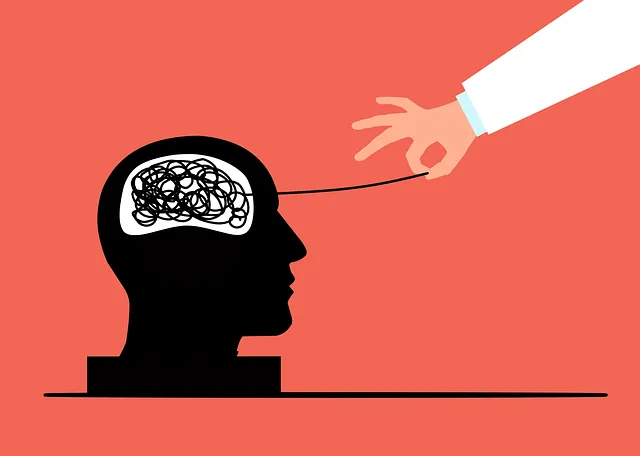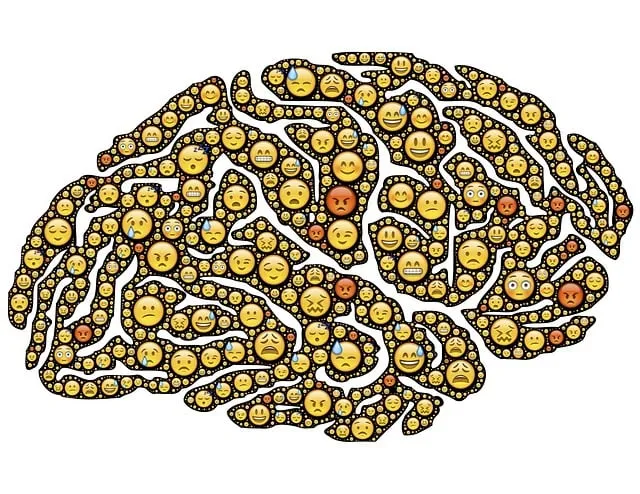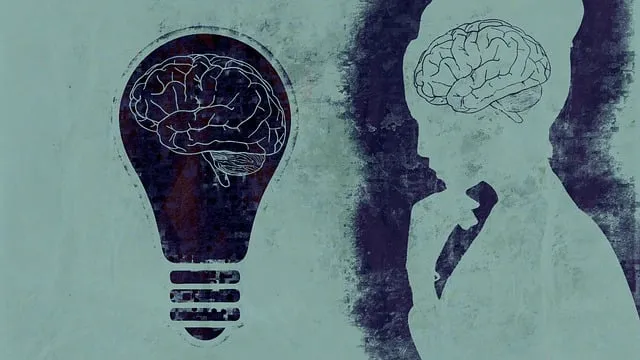Kaiser Permanente Mental Health Boulder prioritizes harm minimization through comprehensive risk assessment, identifying both acute dangers and underlying issues like stigma and burnout. Integrating advanced tools with patient-centered strategies, they tailor interventions based on social determinants of health, fostering recovery and individual care. Their model promotes continuous improvement, aligning with best practices, and significantly enhances harm minimization strategies for healthier communities.
Risk assessment and harm minimization planning are critical components of ensuring well-being and safety, especially in mental health care. This article explores these essential practices, offering a comprehensive guide for professionals. We begin by establishing the foundational knowledge of risk assessment, drawing insights from the successful Kaiser Permanente Mental Health Boulder approach. Subsequently, we delve into best practices and real-world applications, providing strategies to implement effective harm minimization planning, inspired by this pioneering model.
- Understanding Risk Assessment: A Foundation for Harm Minimization
- The Kaiser Permanente Mental Health Boulder Approach: Best Practices in Planning
- Implementing Effective Strategies: From Assessment to Real-World Application
Understanding Risk Assessment: A Foundation for Harm Minimization

Risk assessment is a cornerstone in harm minimization planning, especially within healthcare settings like Kaiser Permanente mental health Boulder. It involves systematically identifying potential hazards and evaluating their likelihood and potential impact. This process allows for proactive measures to mitigate risks before they escalate, ensuring patient safety and well-being. By meticulously analyzing various factors, from clinical scenarios to environmental conditions, healthcare providers can create comprehensive strategies that address not only acute dangers but also underlying issues such as mental illness stigma reduction efforts and burnout prevention strategies for healthcare providers.
This foundational step is crucial in fostering an environment conducive to recovery and healing. For instance, Social Skills Training can be incorporated into harm minimization plans to enhance patient interactions and improve coping mechanisms. Through rigorous risk assessment, healthcare professionals at Kaiser Permanente mental health Boulder can tailor interventions, ensuring that every patient receives individualized care that addresses their unique challenges while promoting positive outcomes.
The Kaiser Permanente Mental Health Boulder Approach: Best Practices in Planning

The Kaiser Permanente Mental Health Boulder Approach exemplifies best practices in harm minimization planning for mental health professionals. By integrating comprehensive risk assessment tools with a patient-centered approach, this model prioritizes proactive interventions and compassionate cultivation practices. Mental health professionals are equipped with strategies to identify emerging risks and implement timely, evidence-based interventions tailored to individual needs.
This approach goes beyond traditional risk assessment by factoring in social determinants of health and fostering resilient coping mechanisms. It encourages a culture of mental health policy analysis and advocacy within the organization, ensuring continuous improvement and alignment with best practices. The Kaiser Permanente Mental Health Boulder model serves as a powerful example for other healthcare systems aiming to enhance harm minimization strategies and foster healthier communities.
Implementing Effective Strategies: From Assessment to Real-World Application

Implementing effective risk assessment strategies is a cornerstone of harm minimization planning, particularly in mental health settings like Kaiser Permanente Boulder. By meticulously evaluating potential hazards and their likelihood, healthcare professionals can proactively develop interventions that safeguard patient well-being. This process involves not just identifying risks but also understanding their root causes, whether they stem from individual factors or broader environmental influences.
Once assessed, these strategies translate into actionable plans. For instance, in addressing emotional regulation challenges, Kaiser Permanente Boulder has incorporated confidence-boosting techniques and conflict resolution skills training into their care protocols. These initiatives aim to empower patients with coping mechanisms, fostering a sense of agency and resilience. Real-world application demands continuous evaluation and refinement based on patient feedback and outcomes, ensuring that the strategies remain effective and tailored to individual needs.
Risk assessment and harm minimization planning are essential components of effective mental health care, as demonstrated by the successful Kaiser Permanente Mental Health Boulder approach. By understanding risk factors and implementing best practices, healthcare providers can significantly reduce potential harms and improve patient outcomes. This article has provided a comprehensive guide to navigating these processes, from assessing risks to applying strategies in real-world settings. Embracing these principles can lead to more robust and resilient mental health support systems.






